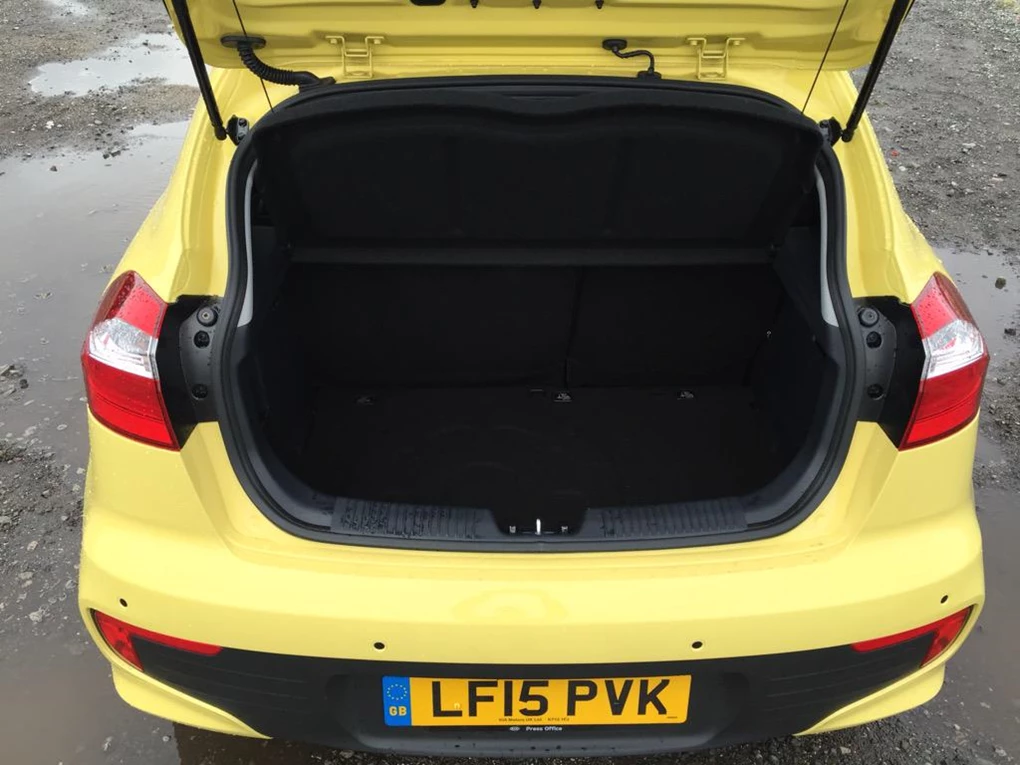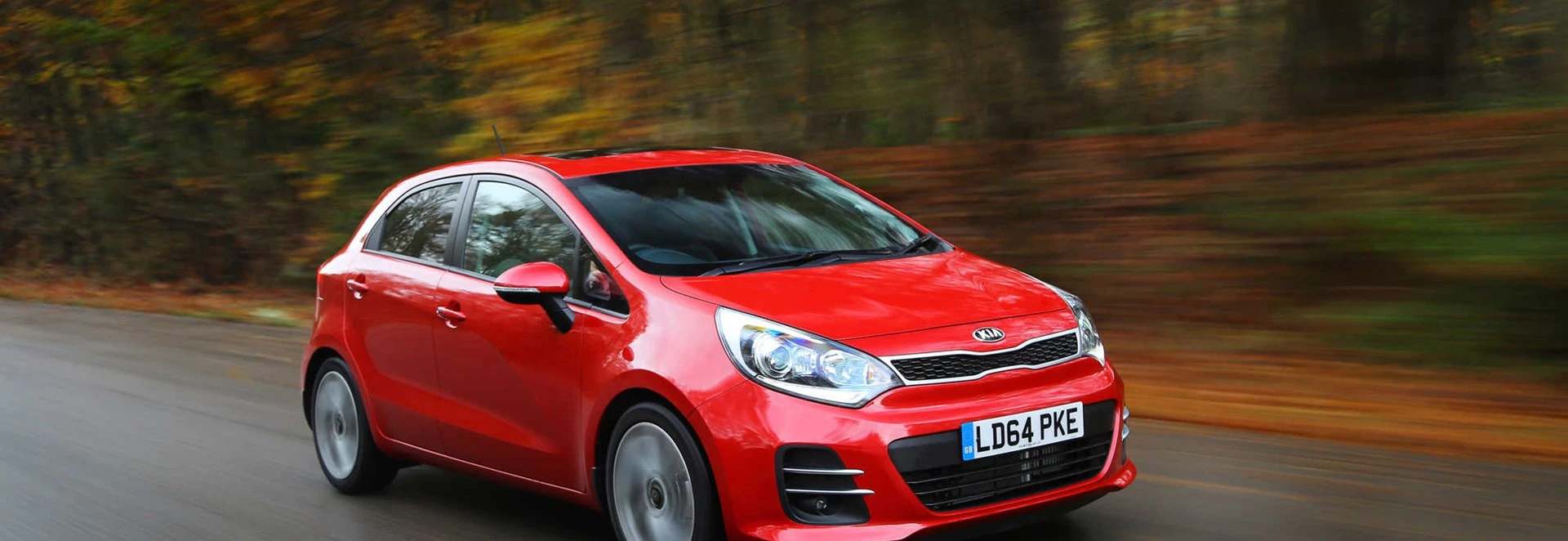The Rio has come a long way since its launch in 2000, when the model was an unremarkable saloon-like car known to few.
Now in its third-generation, the Rio supermini plays an integral part of Kia’s growing reputation in the small car market – along with its siblings, the Picanto city car and the cee’d hatchback.
The South Korean brand has upped its design game too, and the Rio’s tiger-nose grille and coupe-like roof serves it well against supermini frontrunners such as the Ford Fiesta and Vauxhall Corsa. A recent facelift that saw some minor tweaks to its front and rear bumpers, as well as its trim levels, has also managed to keep the model fresh.
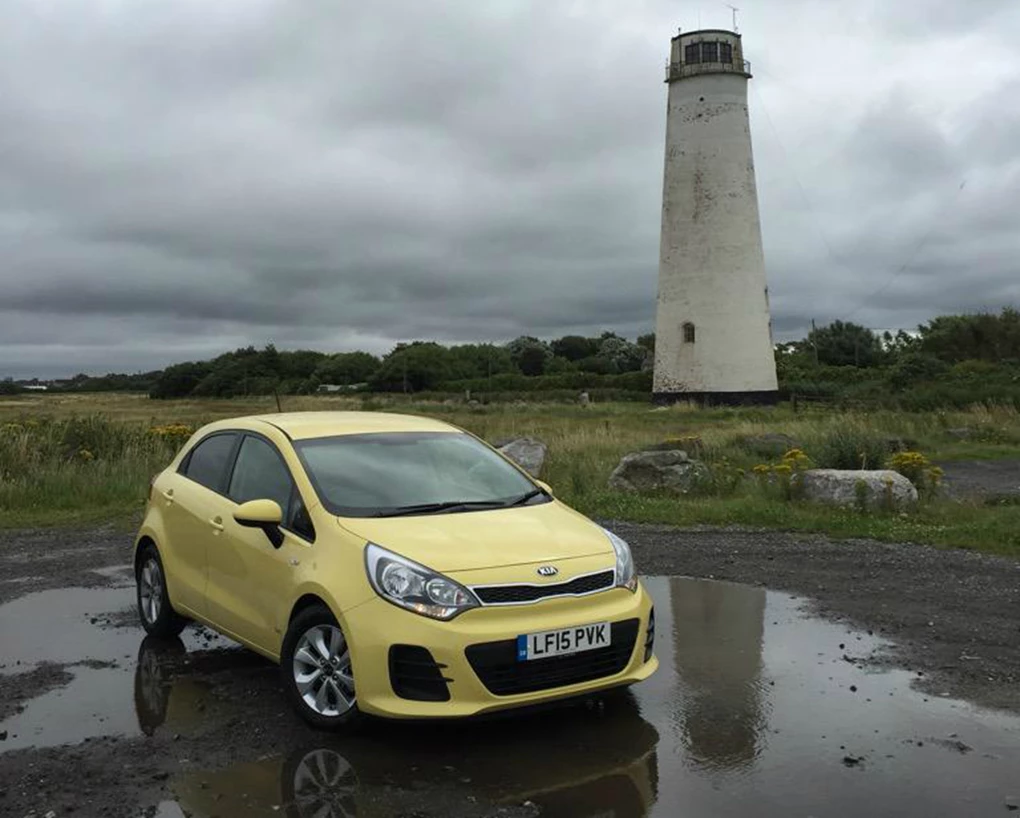
Performance
There are two petrols and two diesels to choose from in the Rio. Neither of the engines will thrill enthusiasts, but they are more than capable when it comes to pottering about town.
Of the two petrols, an 84bhp 1.25-litre and a 107bhp 1.4-litre, the former is your best bet as it offers enough power for city and urban driving. For the premium you will have to pay, there isn’t that much difference in power between the two petrols anyway.
Diesel options include a 74bhp 1.1-litre and an 89bhp 1.4-litre. The 1.4-litre mated to the six-speed manual delivers the best balance of power and efficiency. Although on paper its 89bhp may seem underwhelming, its 220Nm of pulling power makes it feel much tastier on the road, even low down the gears. However, it still takes 13.7 seconds to reach 60mph.
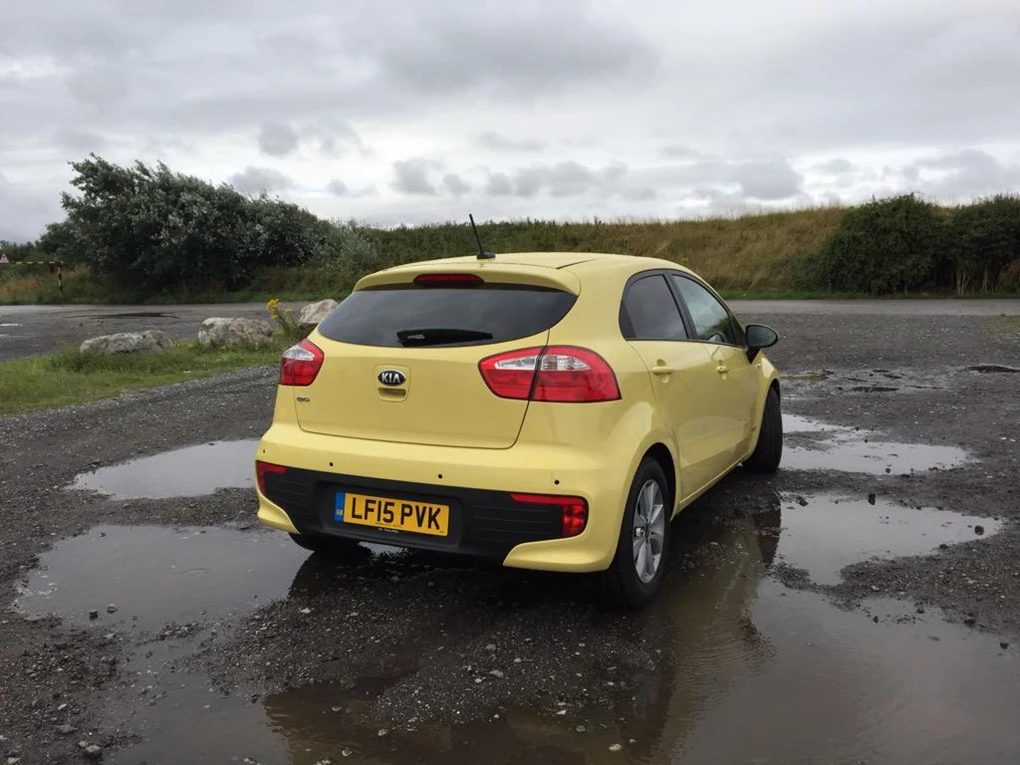
Ride and Handling
One thing’s for certain, it is no Ford Fiesta, which offers a much more involved feel between driver and car.
Initially, the Rio’s light steering feels quite adept, but start to throw some manoeuvres its way and there is a clear lack of feedback, which feels particularly vague on country roads. One thing’s for certain, it is no Ford Fiesta, which offers a much more involved feel between driver and car. As the instruments on all Kia’s have a very light feel to them in order to make them more ergonomic, they can take some getting used to and the same goes for the manual gearbox. At first, you may find that you struggle changing up and down the ‘box, especially between second and third. You do get used to this after a few hours though – so don’t worry. The Rio’s suspension is more on the money as it sits on the right side of supple, meaning it can handle uneven road surfaces with ease. There is also plenty of front-end grip and minimal body roll.
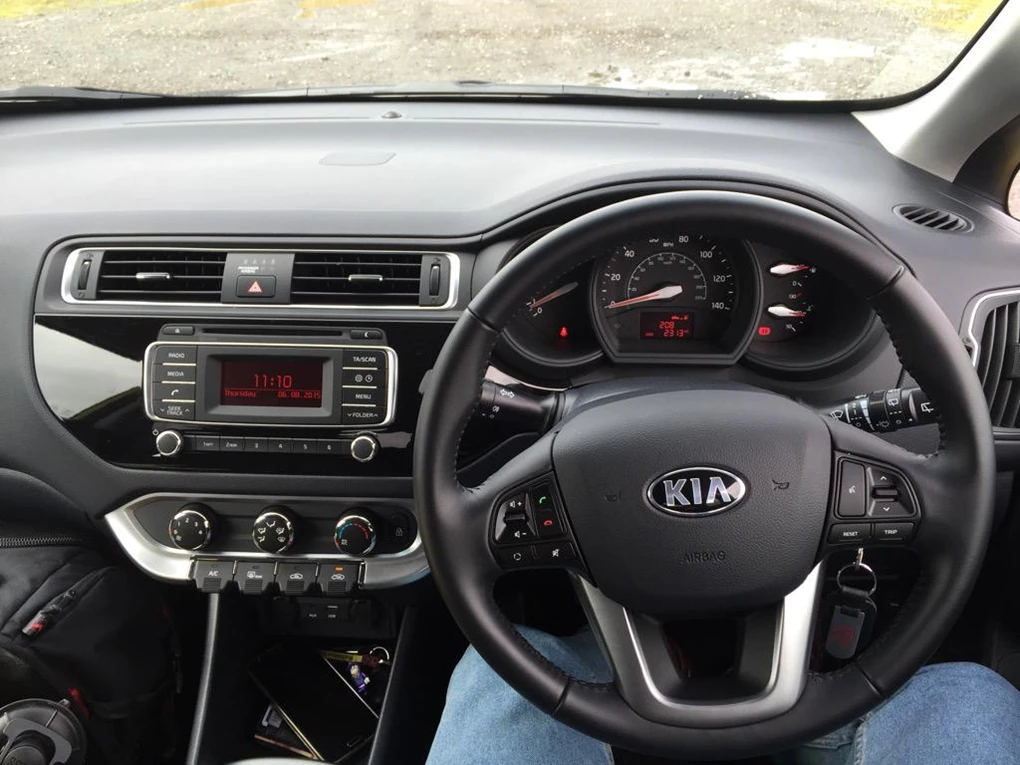
Interior and Equipment
The guy who designed Kia's now renowned tiger nose front-grille, Peter Schreyer, also designed the iconic shape of the Audi TT.
Kias are generally quite impressive when it comes to entry-level kit, and the Rio is no different. Every Rio model has MP3 compatibility, a CD player, front electric windows, auxiliary input and, on petrol models, Bluetooth. The layout of the instrument cluster is far from lavish, but it is easy to get your head around, unlike the cooler-looking, button-crazy Fiesta. The outdated radio remains a feature however – but if you go for one of the top 3 or 4 trim levels you can get a seven-inch touchscreen sat-nav system, courtesy of the recent facelift. Practicality in the Rio is out of its class, in a good way. Sitting in the back feels more like you are in a hatchback, thanks to the capacious leg and headroom – no doubt due to its now 70mm longer wheelbase. Boot size in the Rio stands at 288 litres, which is just two litres less than the Ford Fiesta. This expands to 923 litres when the rear seats are folded. The downside of the boot, however, is its large lip at the front, making it difficult to lift heavy objects in.
Cost
Kia’s seven-year warranty is always going to be eye-catching for new car buyers, so keep this in mind when trawling through pros and cons from other manufacturers.
If frugality is your remit, go for the Rio’s 85g/km-emitting 1.1-litre diesel, which falls comfortably under the sub 100g/km road tax exemption bracket. It also claims to return as much as 88mpg. Price wise, the Rio starts from just over £10,000 – the same as the Ford Fiesta. It is however a large chunk less than the likes of the Peugeot 208, which comes in at almost £12,000. Comparatively, you can get a Dacia Sandero for under £6,000. Kia’s seven-year warranty is always going to be eye-catching for new car buyers, so keep this in mind when trawling through pros and cons from other manufacturers.
Our Verdict
Kia has managed to put the Rio well and truly on the map when it comes to competitive supermini models. But when it comes to all-round clout, with efficiency, driving dynamics and interior quality, the Rio unfortunately cannot tick as many boxes as the likes of the Ford Fiesta. It is fair to say, though, that if you’re in the market for a new supermini, the Kia Rio should definitely be on your list to consider.
